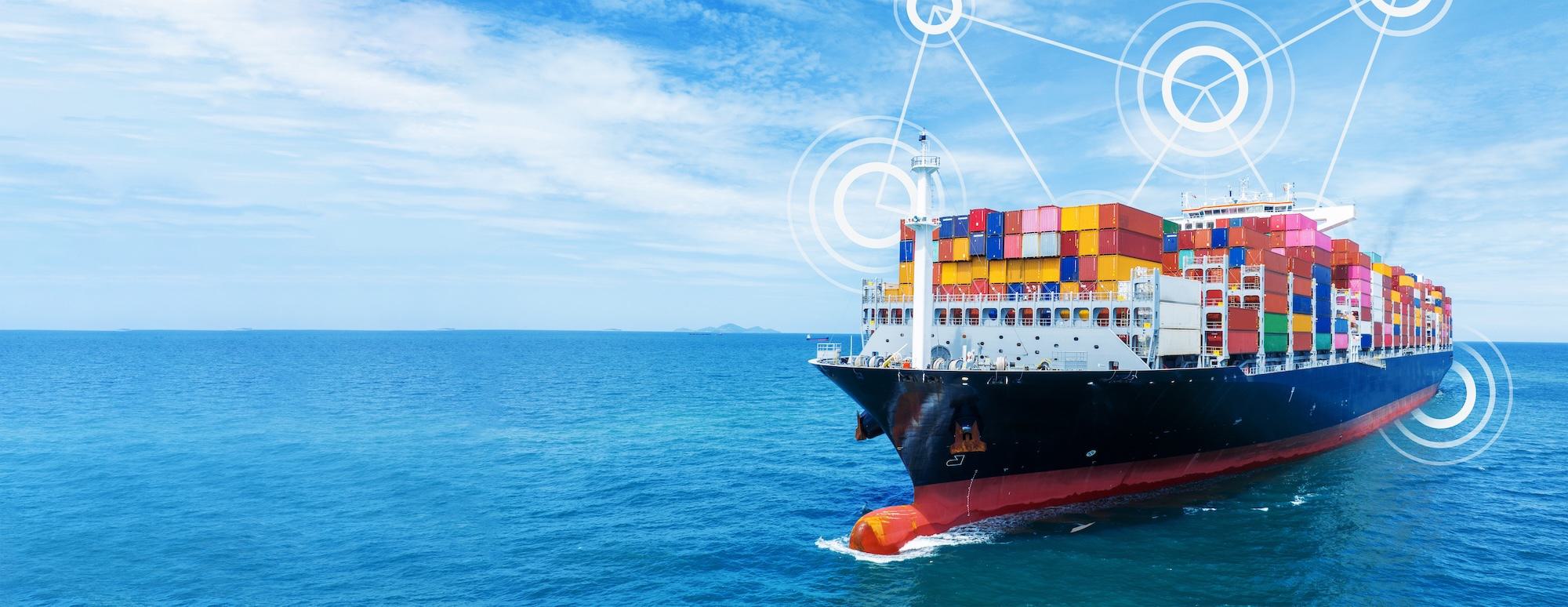
Strategic Signals Series: Decoding the world through OSINT
The following reflects insights one could draw from the evolving Israel-Iran conflict, based on open-source intelligence and expert framing by Babel Street’s Intelligence Solutions team. As events unfold, Babel Street rapidly synthesizes global signals into Curated Topics – like Israel-Iran Flash Mission and Maritime Contested Logistics – providing early, analysis-ready data for analysts and decision-makers navigating complex geopolitical terrain.
US expresses a limited military objective
The US attack on Iran’s nuclear sites shifted US foreign policy away from “if we break it, we will buy it” to “we can break it and NOT buy it.” Voiced as a contained US objective to eliminate Iran’s nuclear capability, this message changes the previous norm of US foreign policy: the binary choice between “forever wars” and isolationism. This pivot signals the US will engage with force without signing up for nation-building, indicates the US can strike anywhere, and puts our adversaries on alert. It may also mean that the US will escalate if Iran attempts retaliation or escalation, including a blockade of the Strait of Hormuz.
Another departure is that the US military used deception in the lead-up to the attack, including a decoy B2 air convoy headed into the Pacific. The US has not employed this kind of military deception since the Cold War.
Iranian enriched uranium is unaccounted for
It would be wrong to assume Iran’s nuclear capacity has been neutralized. Rather, a stronger assumption is that it has been moved. The Caucasus Mountains, a physical crossroads between Iran and Russia, has emerged as an evacuation route for Chinese citizens from Iran. Isfahan — one of the nuclear sites struck on June 21, 2025 — hosted Iran-China nuclear collaboration. It is possible China entered Iran in advance of the US attack to exfiltrate Iran’s enriched uranium. This is only one scenario by which Iran’s enriched uranium could have escaped the US attack and be at large. Iran would still need help from parties in the “nuclear club” to weaponize it. The question is whether Russia, China, or other parties like Pakistan or India will dampen or amplify that aim.
Iran is attempting to muster the United Nations against the US
Adversaries of the US and the United Nations do not respect the UN; they use it. Russia’s dalliances at peace with Ukraine, and Iran’s longstanding tease of the International Atomic Energy Agency (IAEA), a UN body, preceded the US attack on Iran’s nuclear facilities. The US attack against Iran signals a new way to defend the UN, but it’s a difficult line to hold.
Global markets will get a vote, particularly energy markets, but also other industries that depend on global shipping lanes that have been constrained for the long haul at Bab al-Mandab by Houthis. Mitigating the threat to global shipping by obstructing IRGC-Quds Force support from Iranian naval ports may be the strongest argument to global markets and the international community.
Iran has a navy
In fact, it has two: Iranian Navy (IRIN) and IRGC-N. Iran’s naval capacity buttresses its decades-old threat of blocking the Strait of Hormuz. The Tanker War (1980-1988)[1], part of the Iran-Iraq War, proved a real threat to the global economy. IRIN has destroyers, frigates, amphibious assault ships, corvettes, and submarines. IRGC-N has fast boats for asymmetric attacks and transportation of special forces. Many vessel classes across IRIN and IRGC-N (if functioning) are suitable for missile launches and minelaying to block the Strait.
On June 22, Israel struck an Iranian naval base at Bandar Abbas that facilitates drone and missile smuggling to Houthis. The US announced Tomahawk missile strikes during the aerial bombing of Iranian nuclear facilities on June 21 from an undisclosed navy submarine. If Iran’s regime attempts to block Hormuz, the US is signaling its ability to compete.
Islamic world poles are shifting
The balance of political power in the Islamic world is shifting as Iran, an Islamic state, is checked by non-Islamic opponents. The contemporary poles had been Saudi Arabia, Turkey, Iran, and Salafi-Jihadists, namely Al-Qaeda and ISIS. Turkey and Saudi Arabia will likely vie for leadership of the Islamic world. Saudi Arabia’s authority stems from its guardianship of Mecca and Medina. Turkey’s authority comes from the fact that the Ottoman Empire was the last Caliphate. Iran’s authority is its assault on Israel, who it sees as the occupier of the al-Aqsa mosque. Finally, the Salafi-Jihadists would argue these claims to power are compromises on Islamic governance. The control of Syria by Ahmed al-Sharaa (aka Abu Mohammed al-Jolani), former head of al-Qaeda in Syria, is yet to be determined.
Babel Street delivers curated topics – including recent additions like “Flash Mission” on Israel-Iran and “Maritime Contested Logistics” – alongside Elite Regional Access data, offering analysis-ready insights from high-risk and conflict regions to inform real-time decisions. For sensitive research and mission-critical workflows, our Secure Access solution provides managed attribution to ensure anonymity and operational security.
Want to see it in action? Schedule a demo to explore how Babel Street can support your mission.
Disclaimer
The views expressed in this brief are those of the author and do not necessarily reflect the official policy or position of Babel Street or any of its affiliated organizations. The opinions expressed are based on open-source intelligence and are intended for informational purposes only. It should not be construed as legal, strategic, or operational advice.
Endnotes
[1] Strauss Center for International Security and Law, “Strait of Hormuz – Tanker War,” Accessed June 23, 2025, https://www.strausscenter.org/strait-of-hormuz-tanker-war/